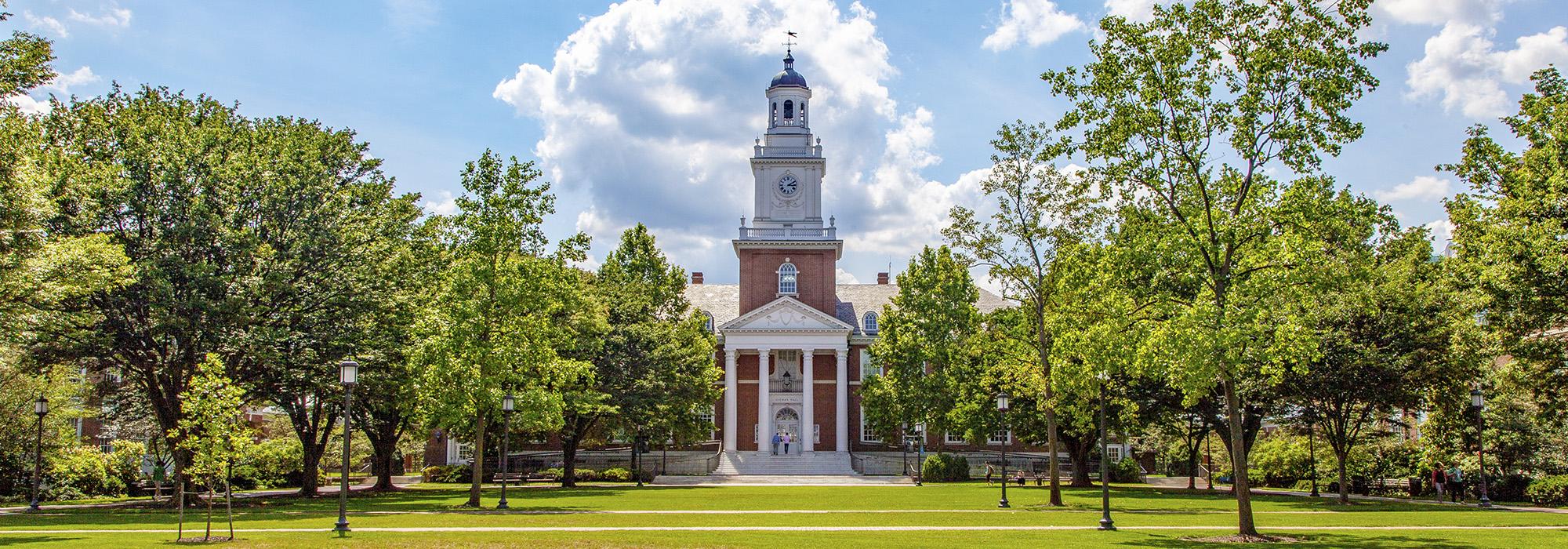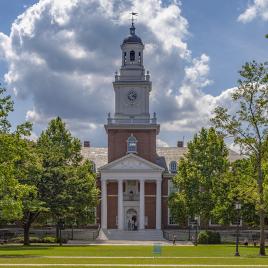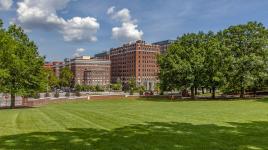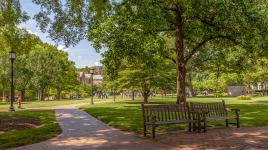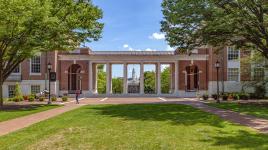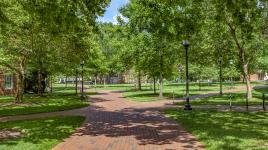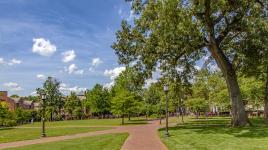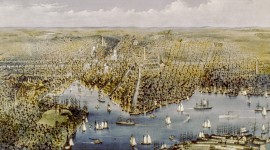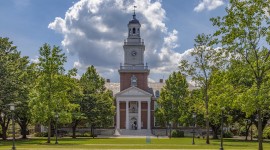Pioneer Information
Born the son of a prominent banker in Baltimore, Maryland, Thomas attended local schools until the age of sixteen, when he went abroad to study at the University of Lausanne, Switzerland. Upon his return, he entered John Hopkins University, graduating in 1893. After earning an M.Arch. from the Massachusetts Institute of Technology, Thomas studied at the École des Beaux-Arts in Paris, touring Italy and Greece.
After returning to America, he worked for the architecture firm of Winslow and Wetherall, of Boston, in 1899, before forming a partnership with J. Harleston Parker in 1900. The firm maintained offices in both Boston and Baltimore, allowing the pair to begin a distinguished practice in both areas, designing banks, hotels, educational facilities, office buildings, and large residences. In 1907 Arthur Wallace Rice joined the partnership to form Parker, Thomas and Rice.
Often built in the Renaissance Revival, Neoclassical, or Italianate styles, the firm’s designs were known for their versatility in a diversity of historic styles. Thomas was most closely associated with projects in the Baltimore area, of which the first is believed to have been the building for the banking firm of Alex Brown & Sons in 1901 (which survived the Great Fire of 1904). His later designs included the Hotel Belvedere, the Baltimore and Ohio Railroad Terminal, the Maryland Casualty Company, the Savings Bank of Baltimore, and the Metropolitan Savings Bank. Thomas may be best known, however, for his 1904 master plan for Johns Hopkins University’s Homewood campus and several of its buildings, including Gilman Hall. He died in an automobile accident on June 11, 1915, at the age of 43.



